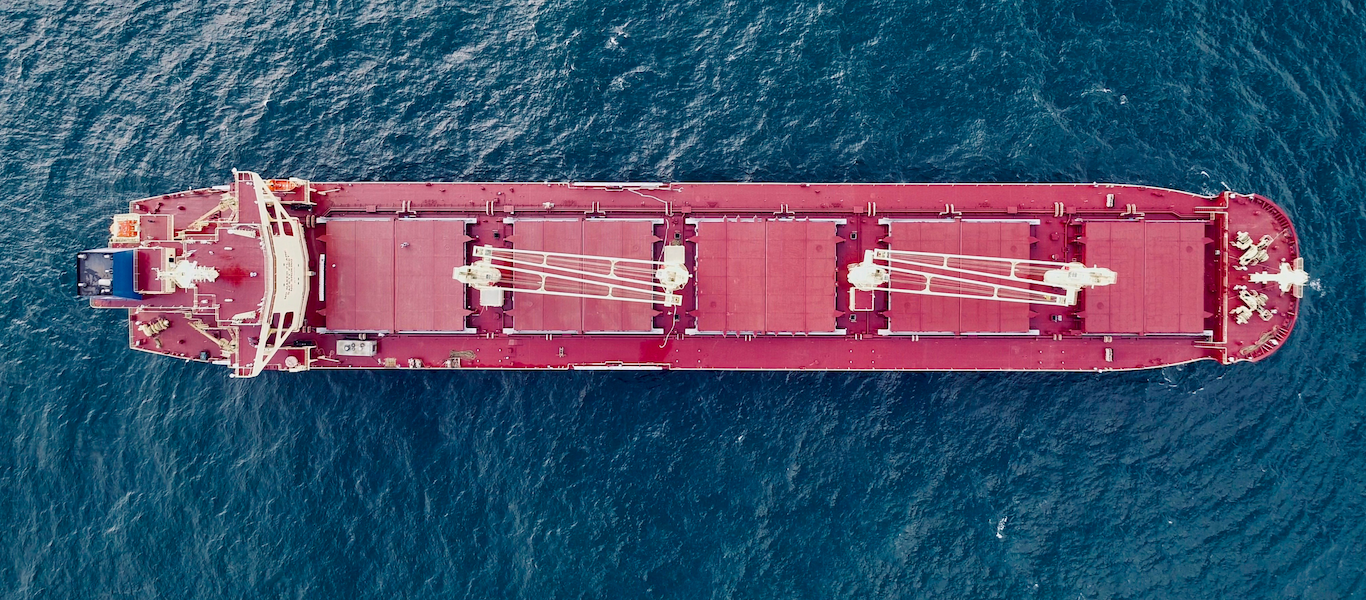
The international maritime industry is experiencing major changes in how it operates and within the dry bulk shipping sector a rapid transformation is taking place. This is driven by technological advances, the stricter regulatory standards these advances bring and environmental considerations.
With such changes, it’s no surprise that both onshore and at sea there is an increasing demand for maritime professionals equipped with the knowledge and the skills to meet these growing complexities and safety requirements. Skilled personnel play a pivotal role in every dry shipping organisation, as they ensure operational efficiency and maintain the highest safety measures in a competitive and high-risk industry.
Further to technical skills, the dry bulk sector also requires that these professionals have health, safety, security, and environmental (HSSE) expertise to ensure compliance and minimise risks.
DBCE is dedicated to raising the levels of dry bulk ship safety and by implementing the DryBMS framework, organisations can self-assess and evaluate their crew and operations with clear standards and guidelines.
By emphasising the importance of having competent people in key roles, the DryBMS framework ensures companies can meet both current and future business demands.
Companies can foster a culture of continuous training and professional development by using the DryBMS framework to bridge the skill gaps and prepare teams for the evolving demands of the industry.
Using the DryBMS framework to hire, train, and manage skilled teams helps increase efficiency in day-to-day operations. The result sees organisations staffed with highly qualified professionals, equipped with relevant skills and knowledge to manage technical and safety challenges.
With a competent and well-trained crew on board, companies can expect fewer incidents at sea and a reduction in operational risks.
Subscribe to the DryBMS framework to prioritise recruitment training and workforce management to improve operational efficiency and reduce the risks and potential dangers at sea and ashore.


